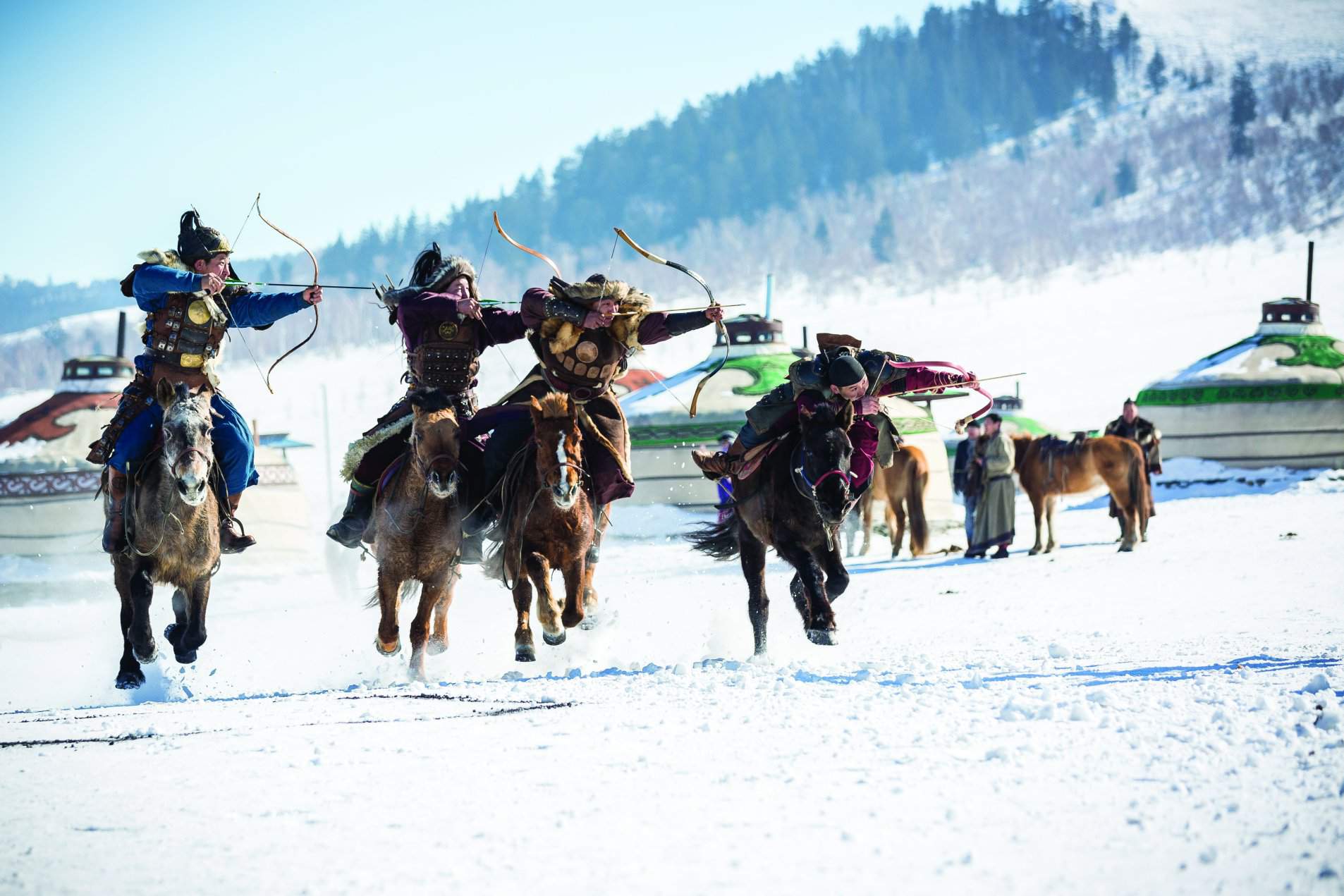Story: Hoang Phong
The horse-riding nomadic lifestyle on the vast steppes of Mongolia dates back some 5,000 years to the Bronze Age.
These days, modern Mongolians haul their goods with trucks instead of horses, and many traditional yurts are equipped with solar power and satellite TV. Yet roughly 30% of Mongolia’s 3 million people continue to live nomadic or semi-nomadic lives, tending cattle and camping in yurts before moving on to new grazing sites. And despite the presence of modern cars and motorbikes, the horse is still an everyday sight and a potent symbol of Mongolia’s long and proud history.

In addition to being used to herd cattle, horses play a prominent role in Mongolian life. Their milk is used to make cheese and beer, and their dung is used as fuel for fire.
The best time to visit Mongolia is summer when, the Naadam Festival is held. The event features three competitions: wrestling, horse racing and archery. Mongolians have celebrated Naadam for centuries, but in recent times, the event has come to commemorate Mongolia’s Independence Day on July 11.
In contrast with Western equestrian events in which powerful horses race relatively short distances, Mongolian horse racing at Naadam is an endurance sport. Diminutive horses will battle over long distances between 15 and 30 kilometers, ridden by equally diminutive jockeys, usually boys and girls between 6 to 12 years old. The starting scene of a horse race is truly striking: hundreds of horses simultaneously rush to the starting line, their gallops casting a dust cloud as jockeys shout cries of excitement to encourage their steeds. It is a tantalizing glimpse of the glorious past of ancient Mongolia, which conquered vast stretches of the world on horseback.
The Naadam Festival for many Mongolians is more than a competition, but also a rare chance to meet and congregate, given their nomadic lifestyles. And if you have the opportunity, do not miss a meal with locals after the competition. People celebrate with fattened sheep and goats that are boiled or made into traditional buns known as buuz. Drinks include a homebrew made of mildly sour fermented horse milk called airag. These simple specialties demonstrate the hospitality of this horse-riding nomadic nation.










